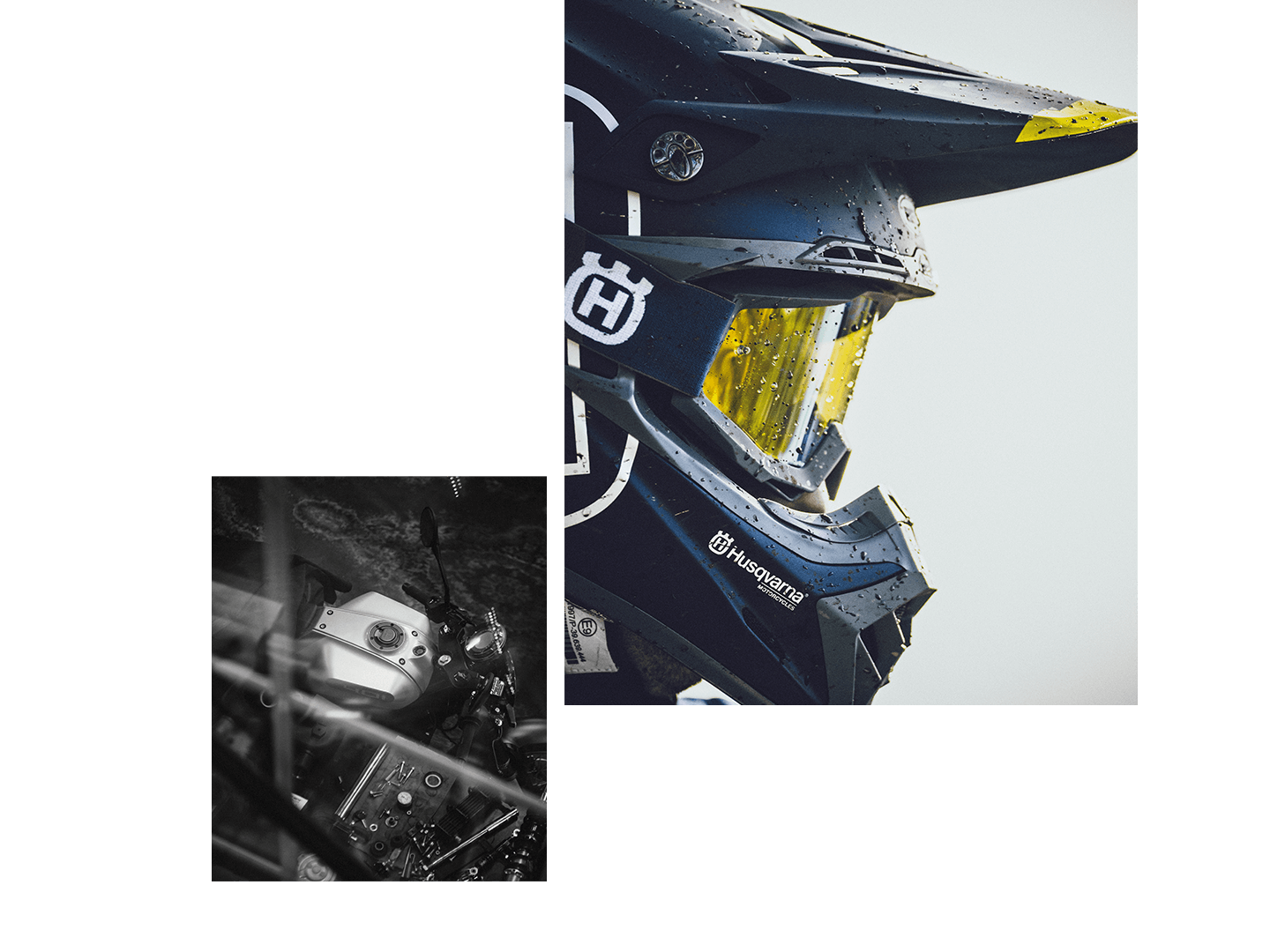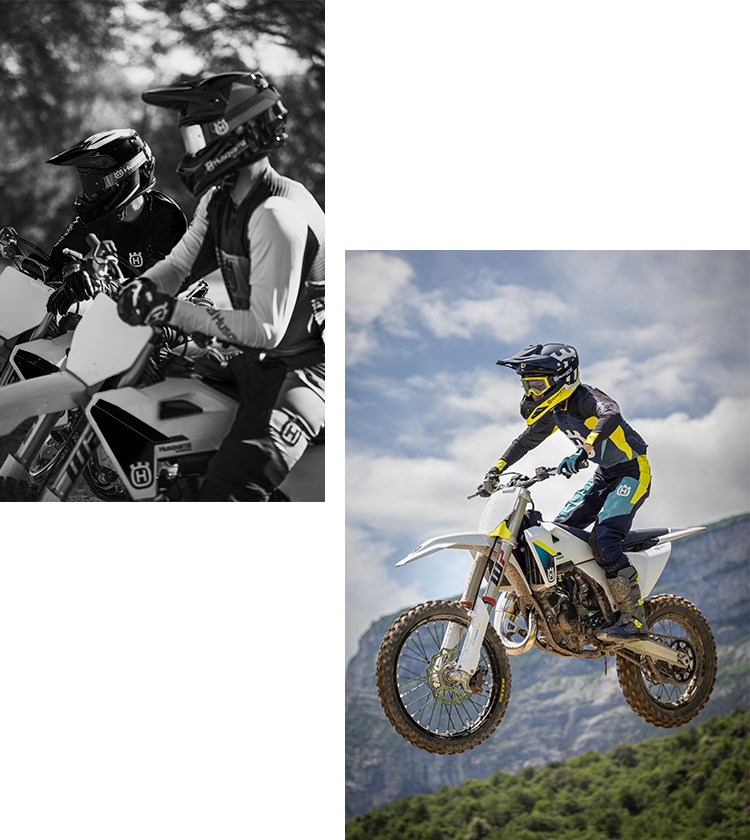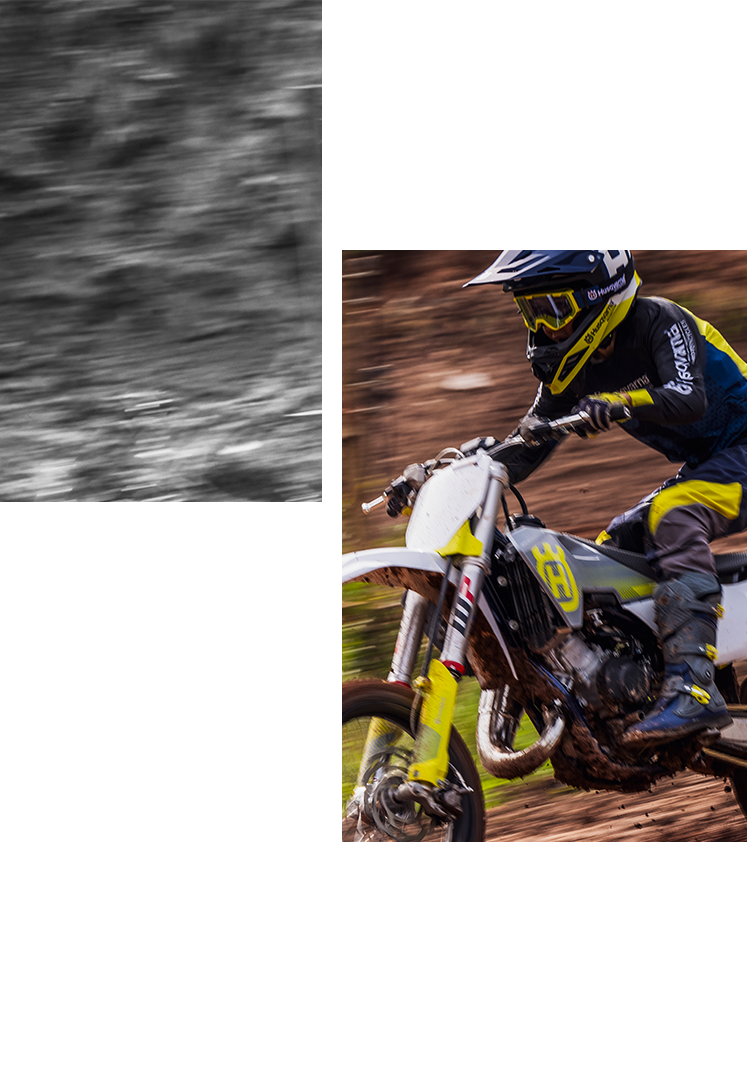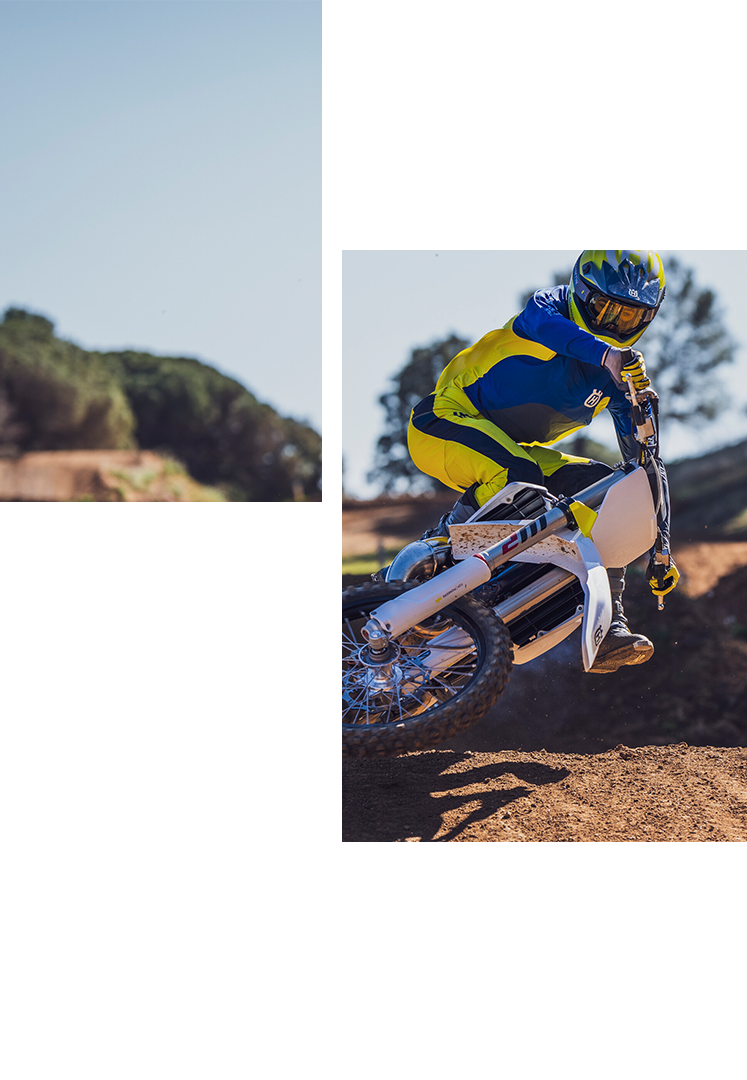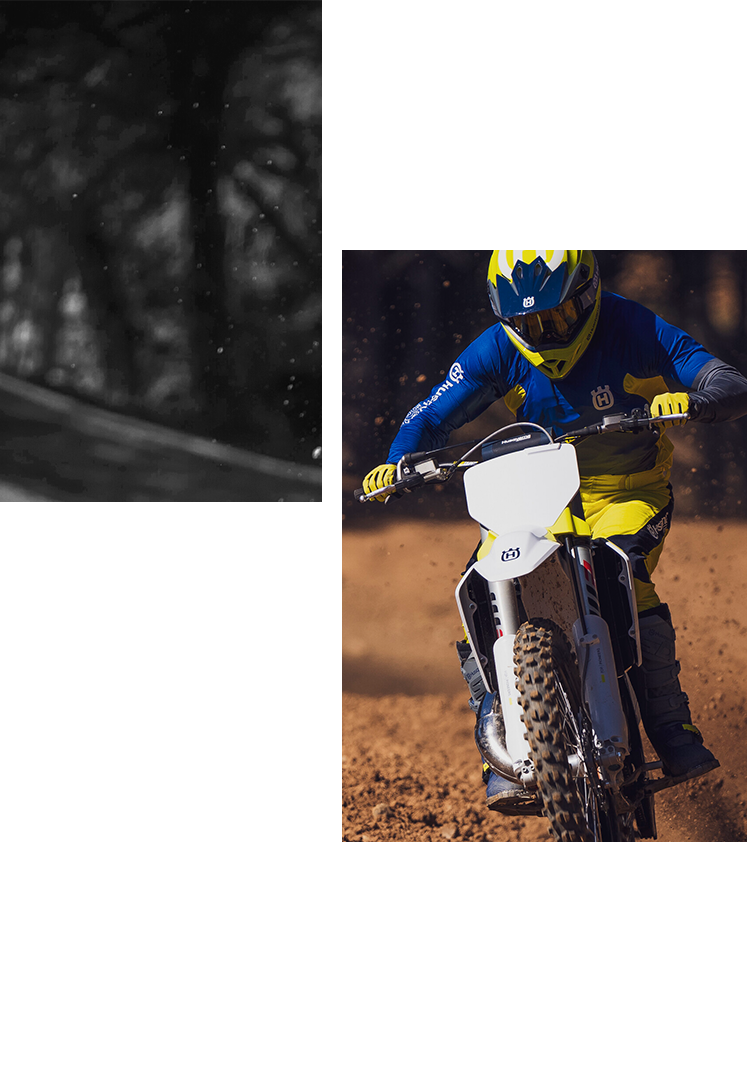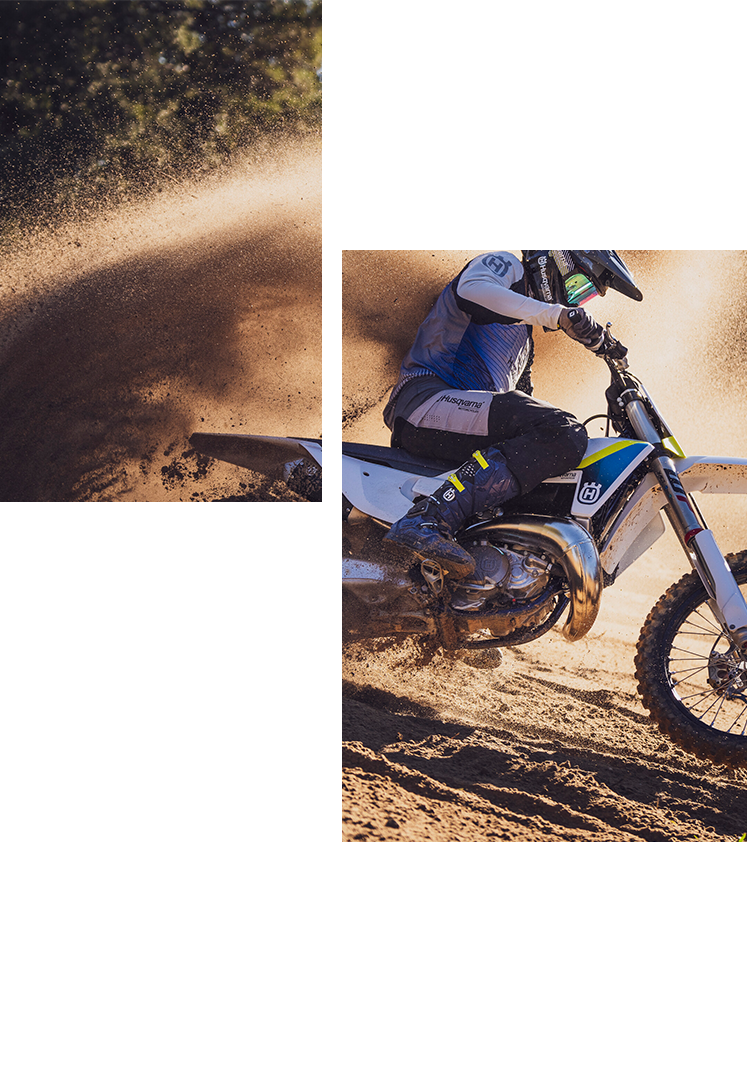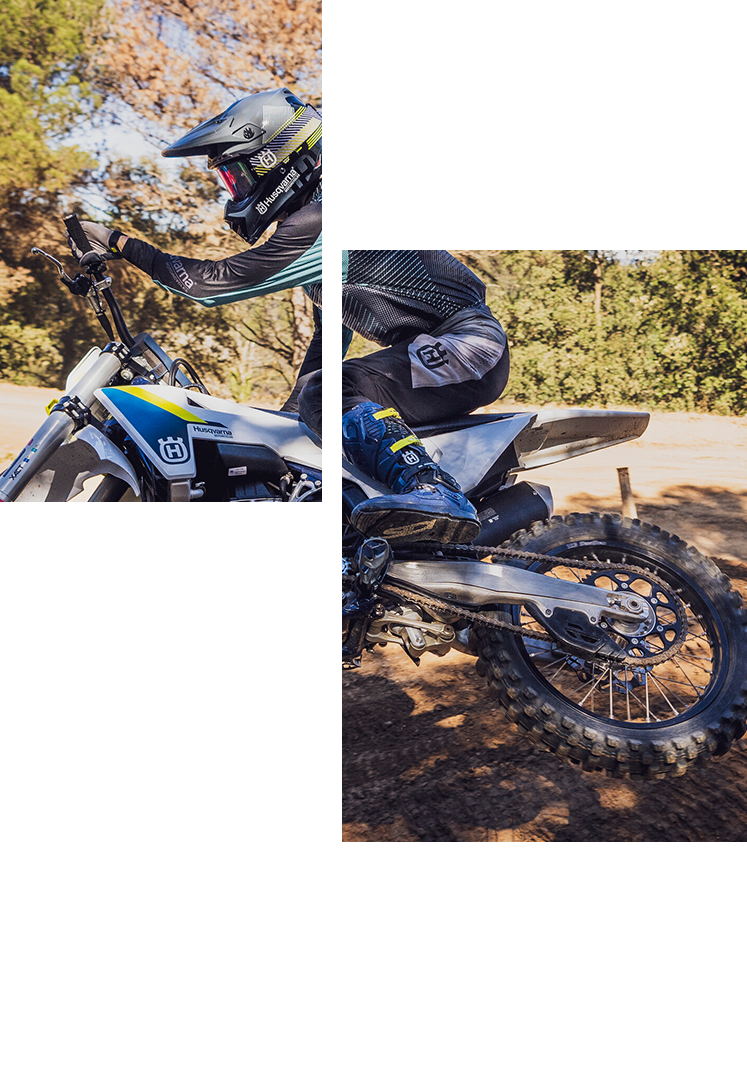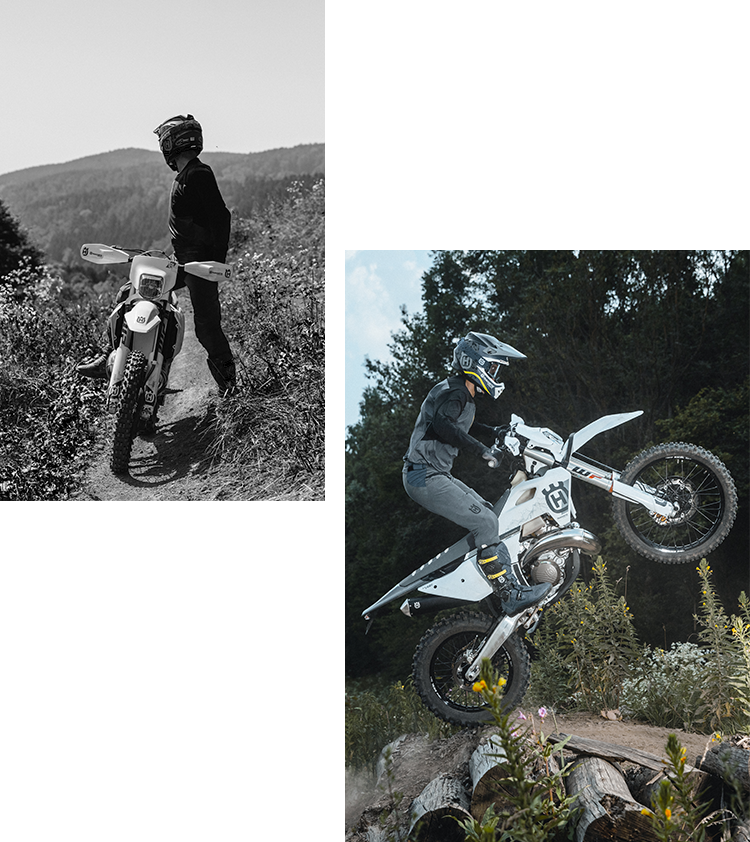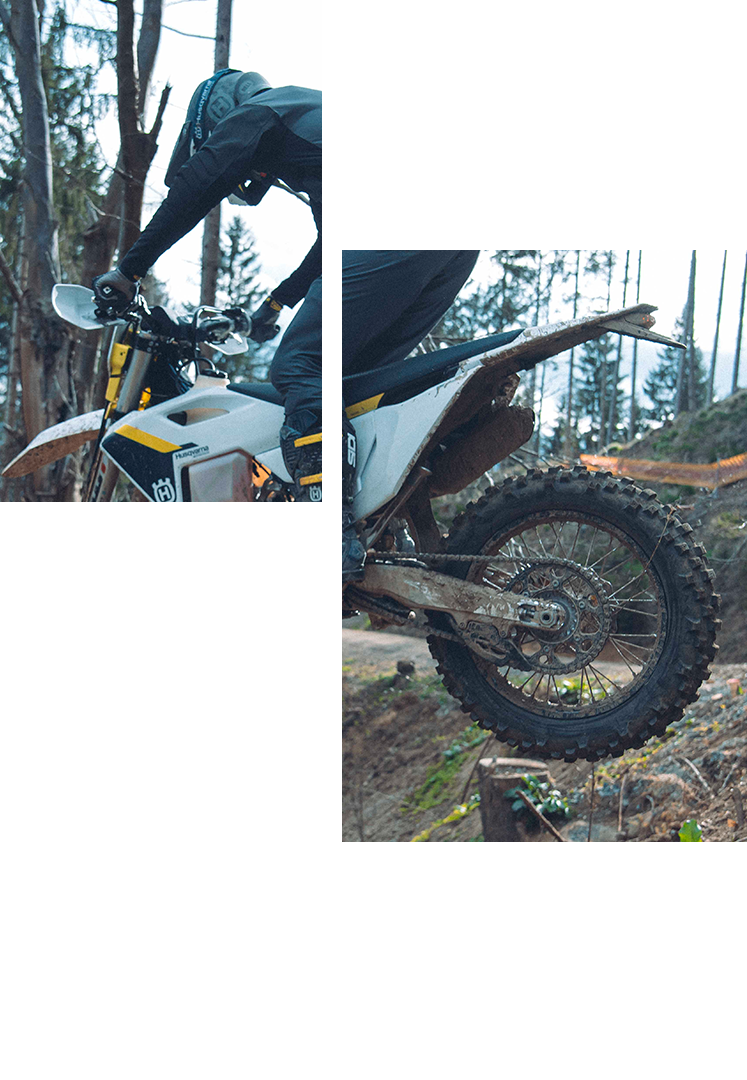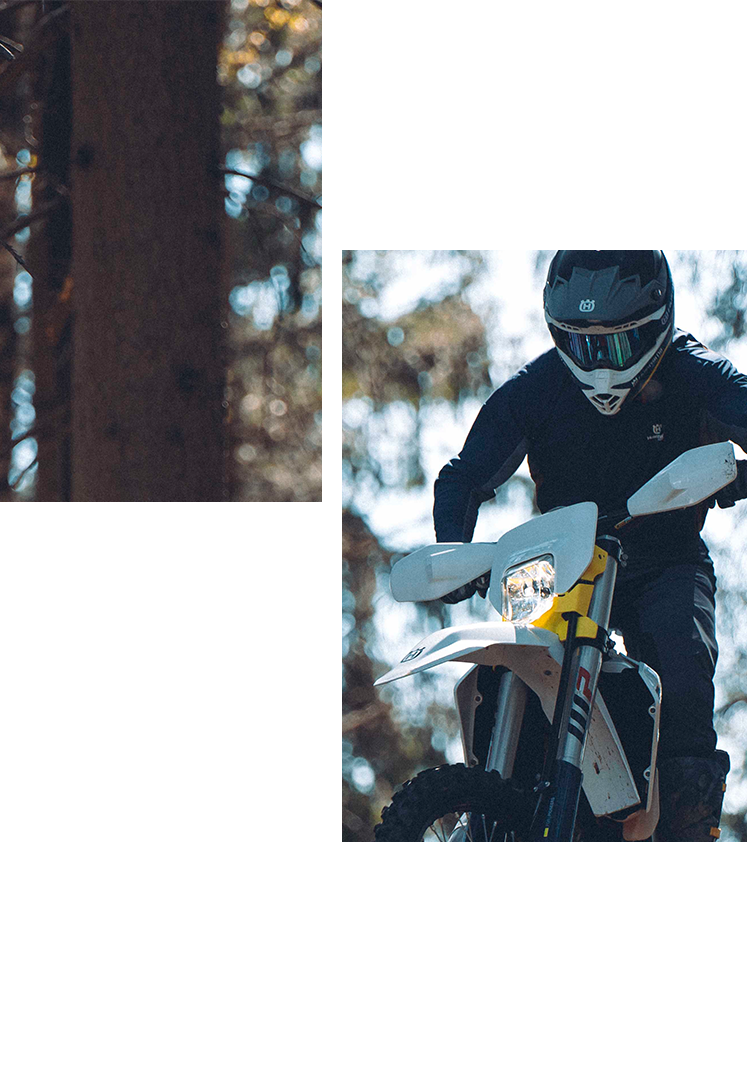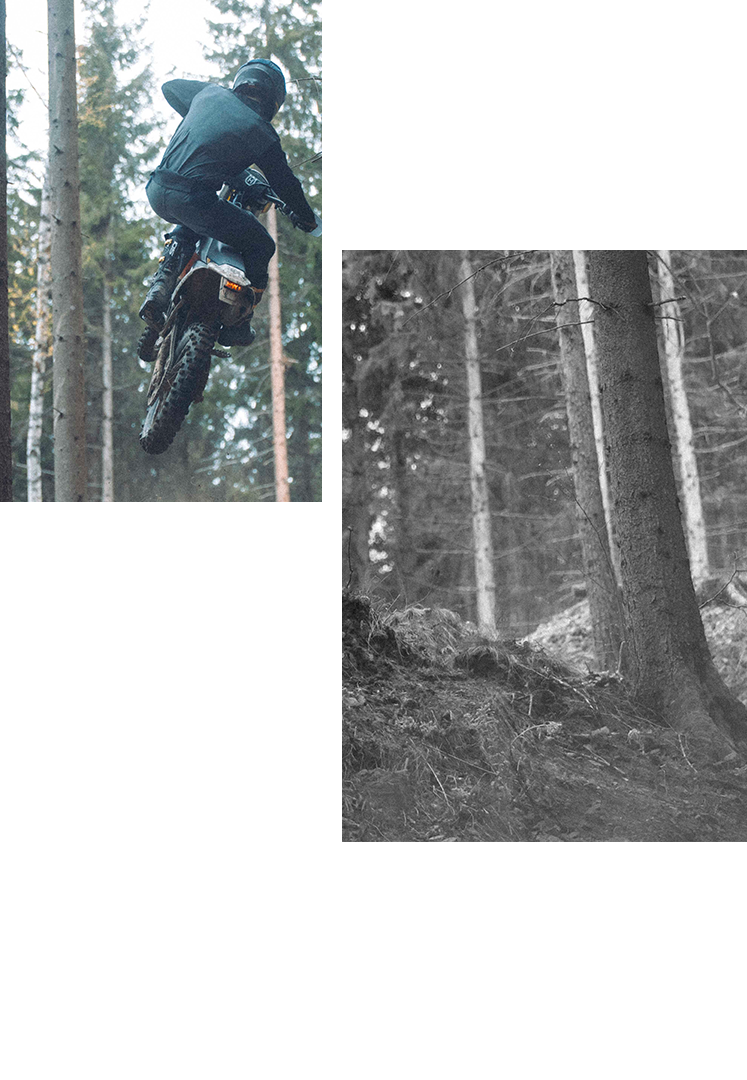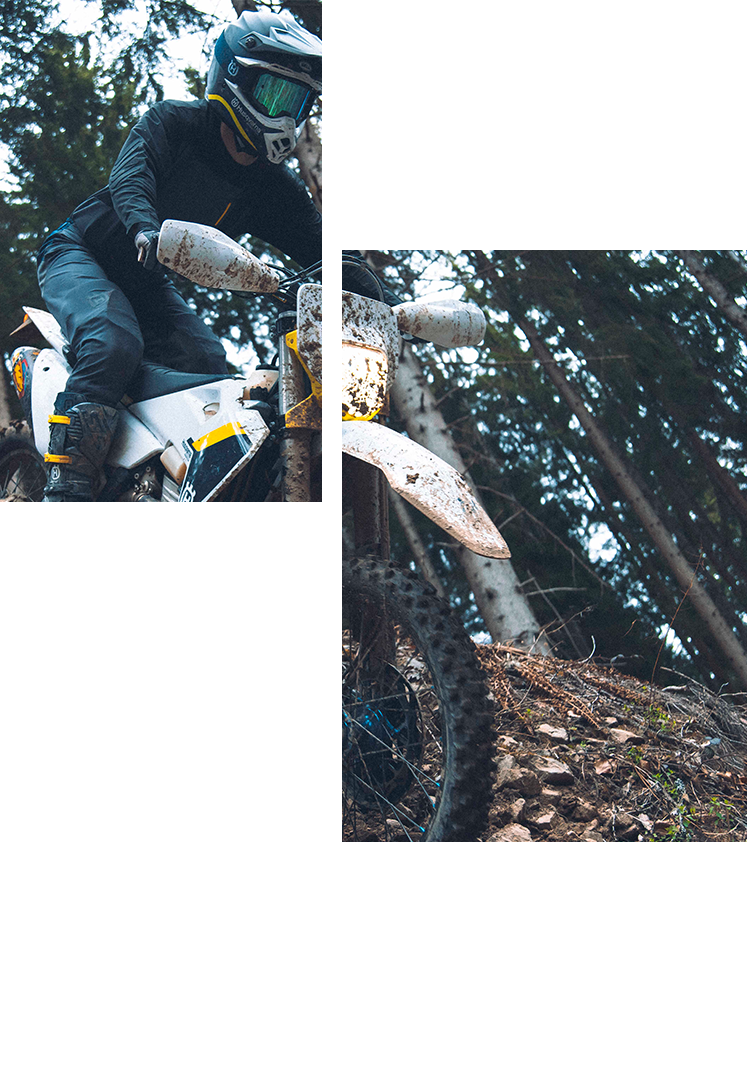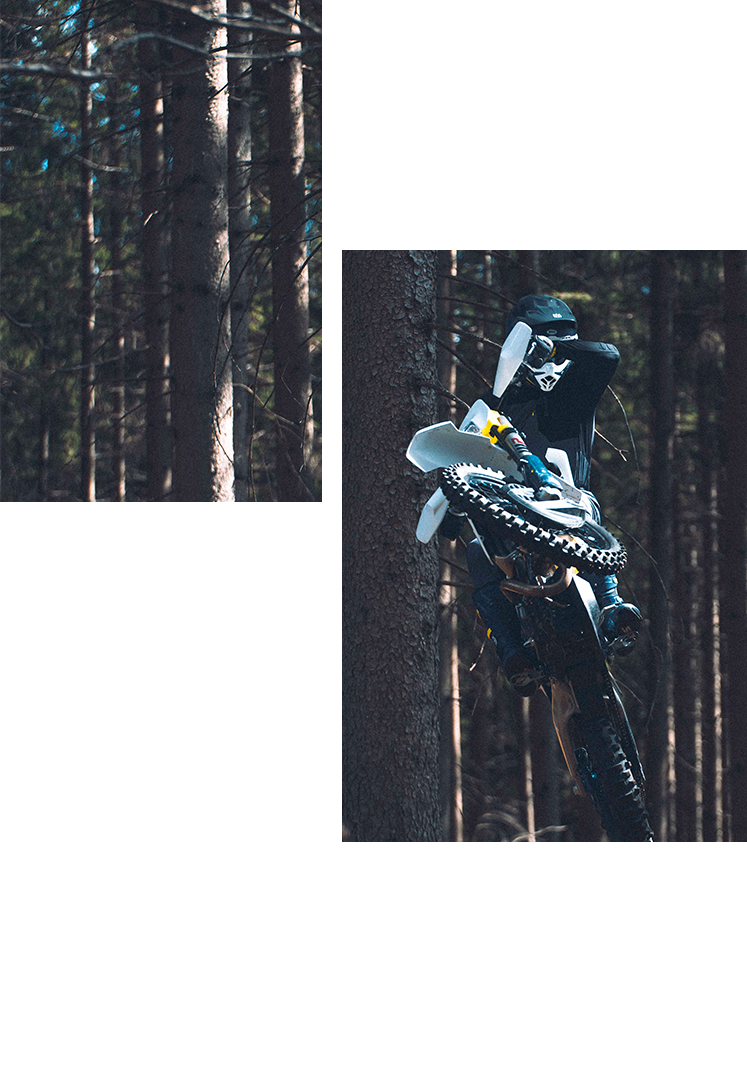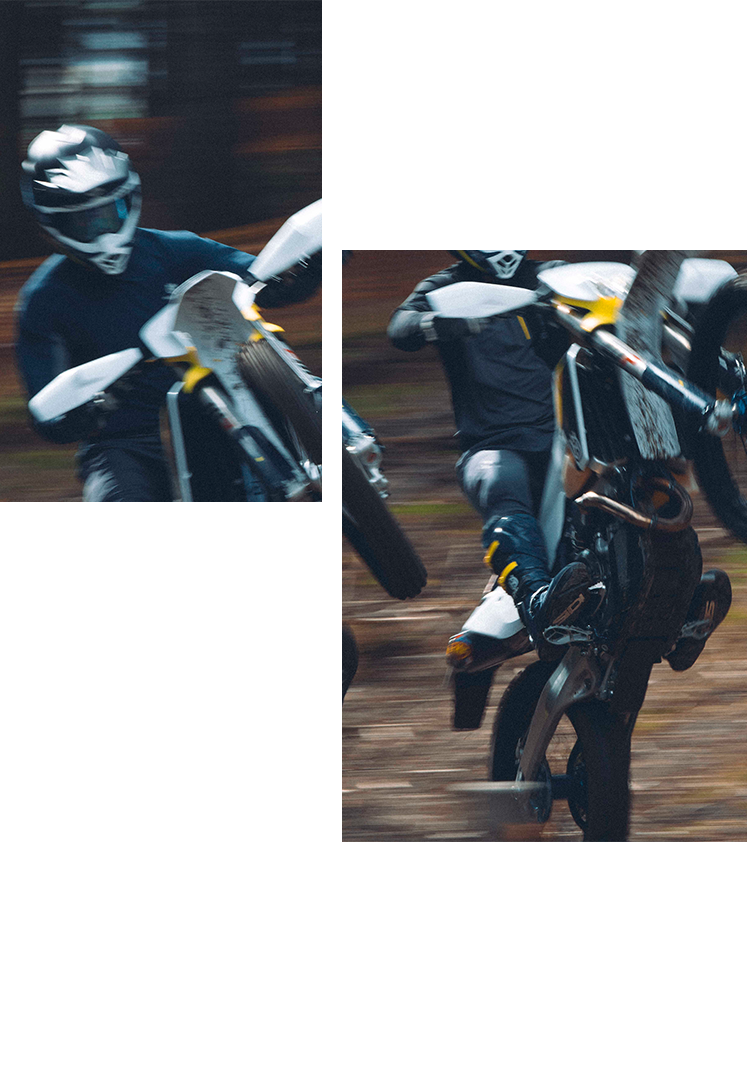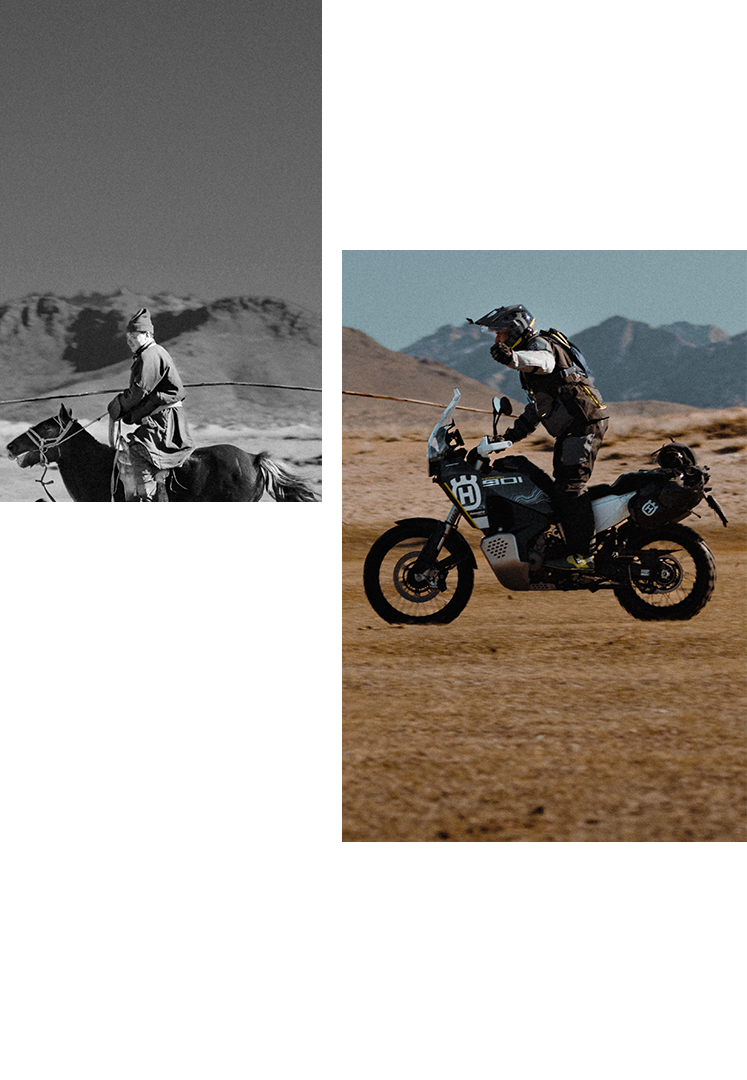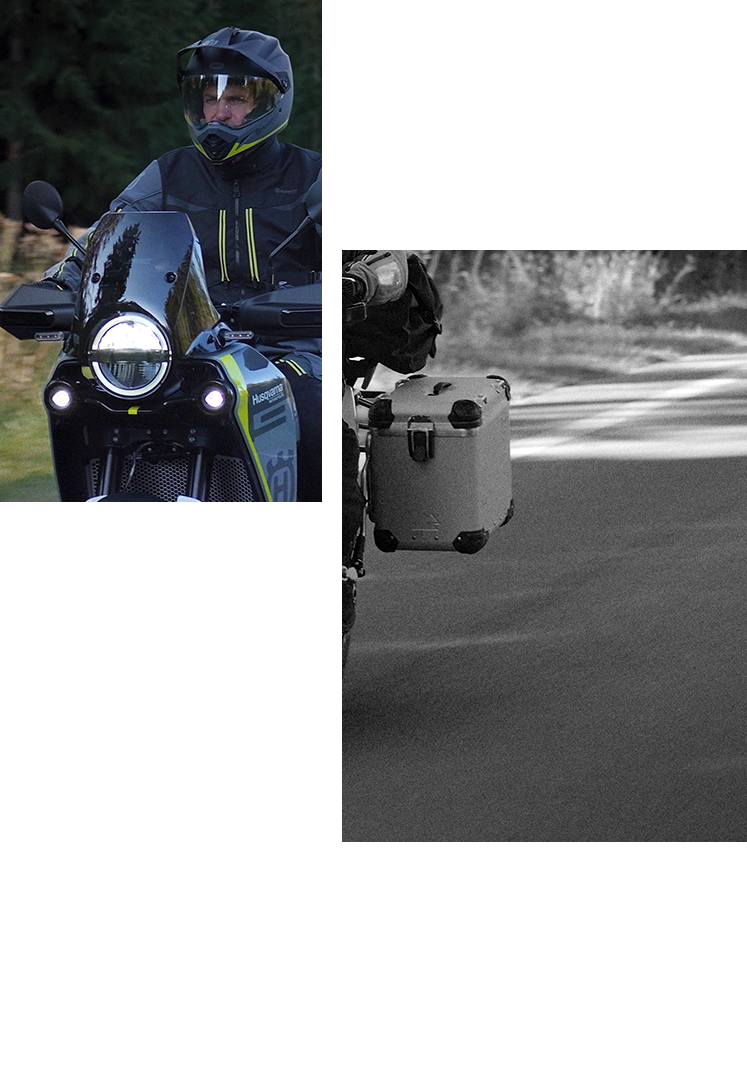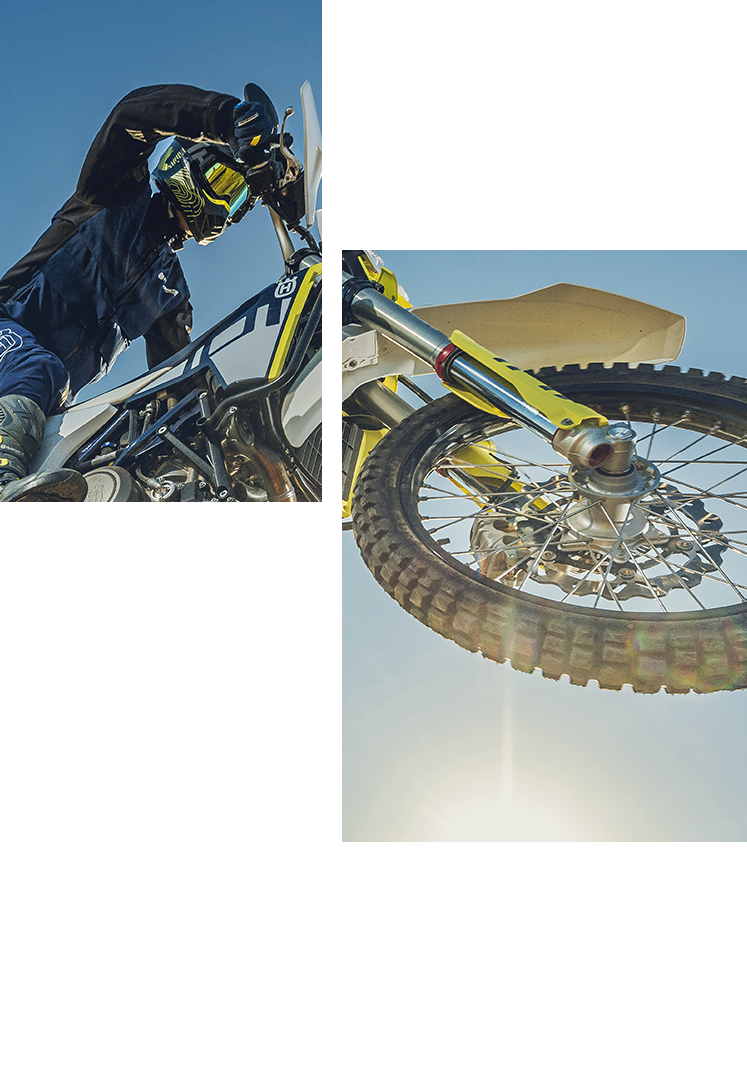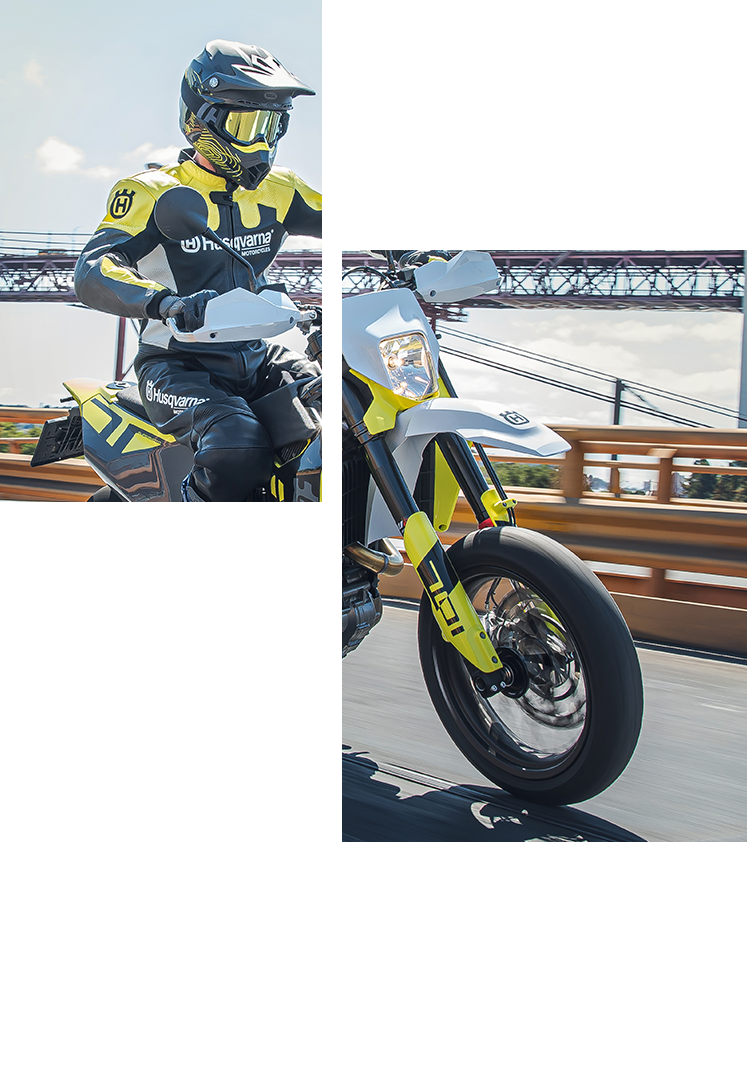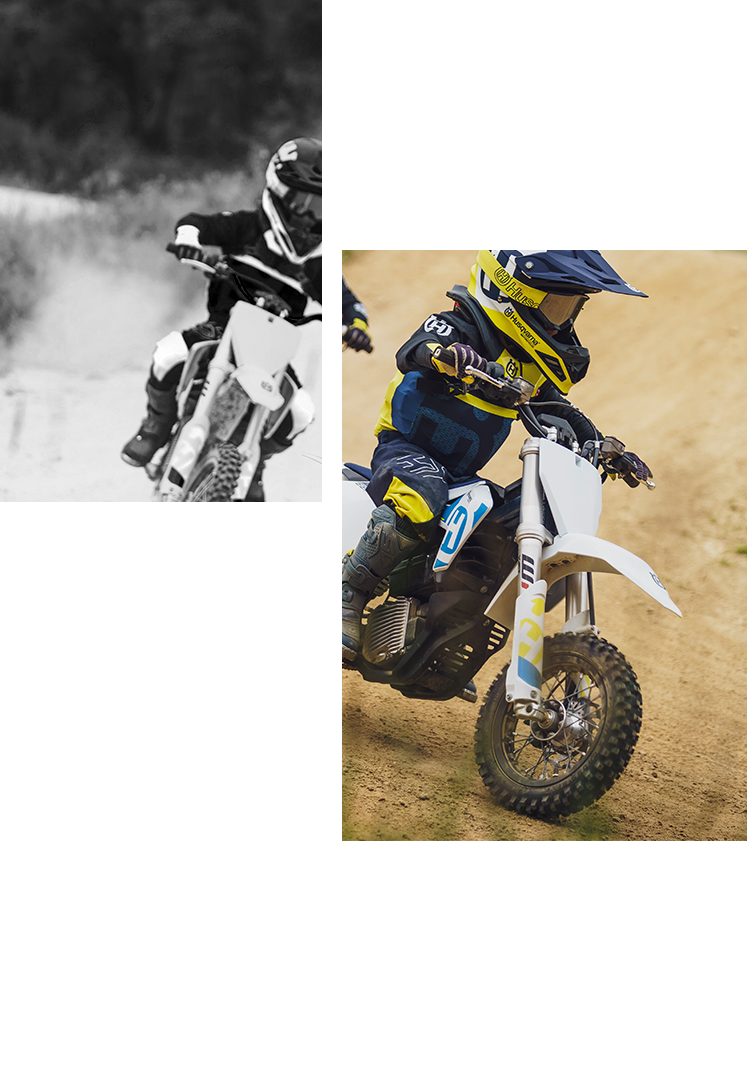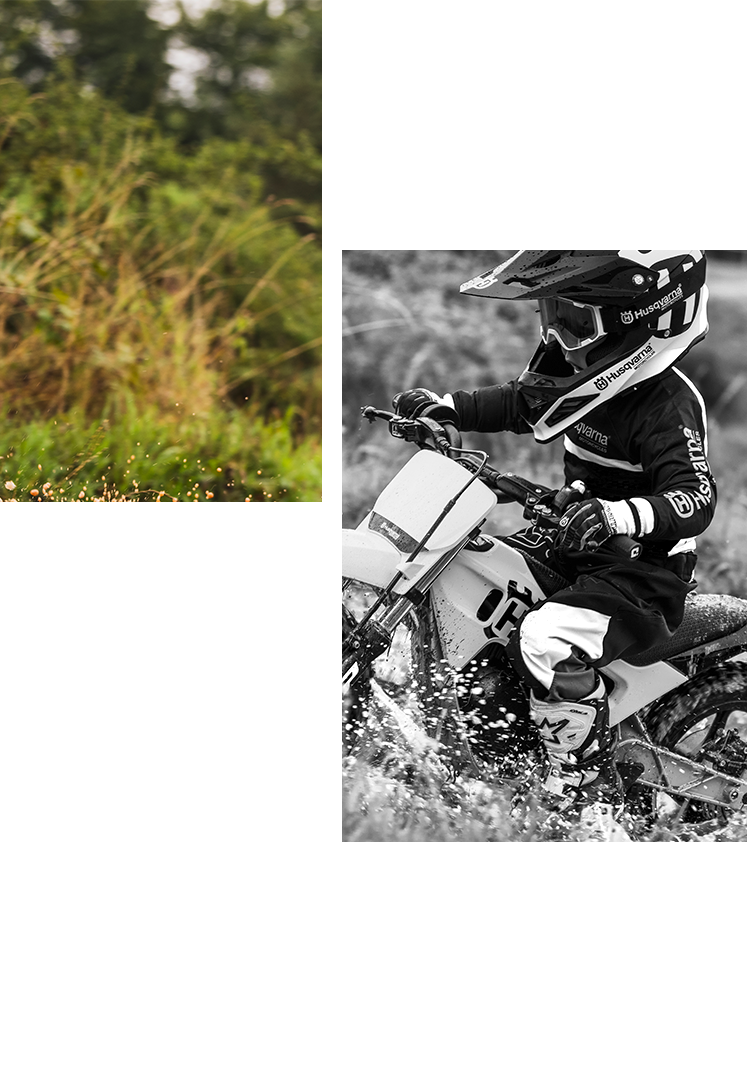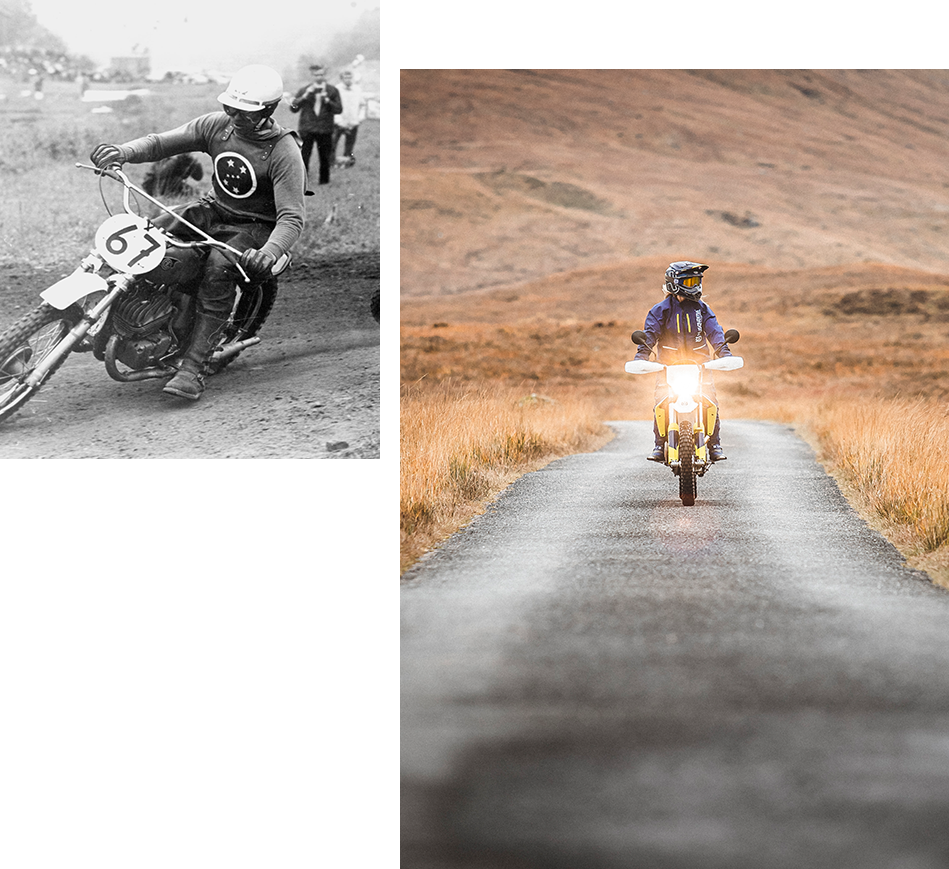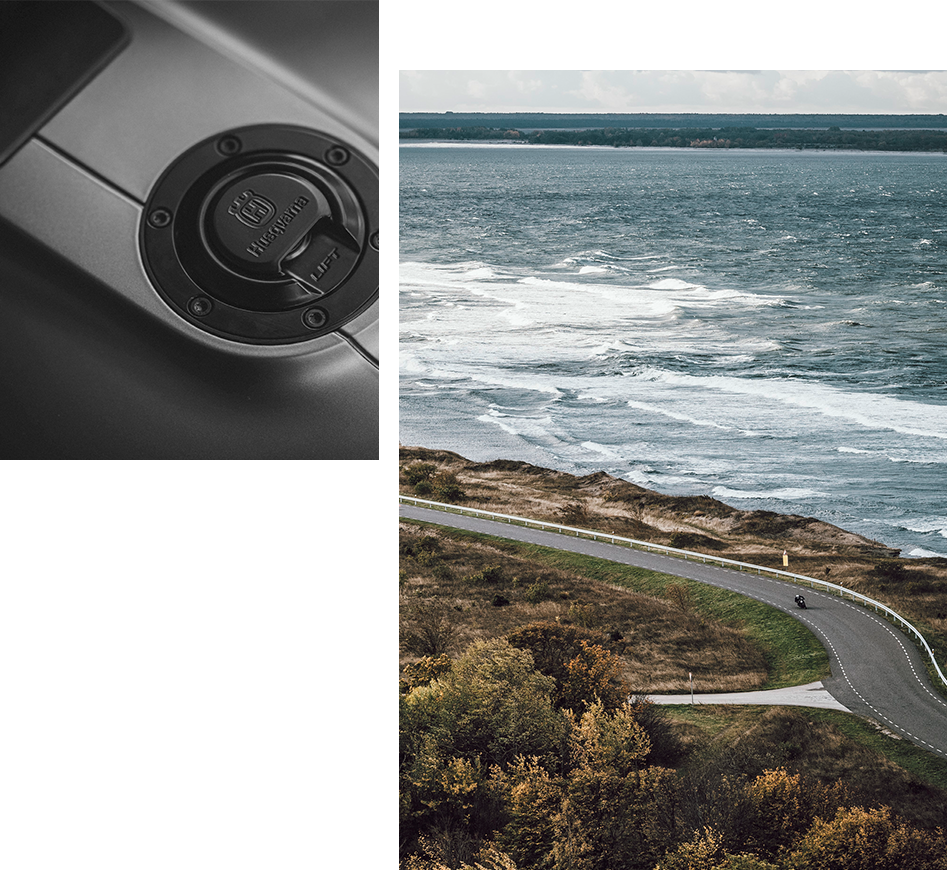Talking to Jaurén, you hardly noticed him as being an influential man. He was quiet and reserved without big words or gestures. Bror had an eye for talent scouting and there was nothing wrong with his intellect or plans for future laurels. His calm manners often helped him make the correct decisions under difficult circumstances, for example when negotiating deals with factory riders. In 1953, Bror Jaurén came to the Husqvarna motorcycle company when sales took off as the two-wheeler became popular. However, he then already had experience with the company. After the war, he had ridden the company's new 118cc two-stroke machine in some races. But Bror Jaurén's everyday work was in Husqvarna's sewing machine division from 1946. While there, he carried on with his studies and eventually graduated with a technical engineer's degree.
“My first task in the motorcycle division was to establish routines for the factory's competition agenda. It was first limited to enduro events such as the famous ‘Novemberkasan’, but later also included scrambling,” Jaurén remembered when I interviewed him during the late 70s. Bror was always accommodating to press people and never refrained from publicity.
In August 1955, manager Bror Jaurén met with race rookie Bengt-Olov Wessman, when they both were attending an enduro event in Stockholm. Bengt brought a Silverpilen to race and Jaurén also had a Silver Arrow, which was raced by an unknown rider. “I told Jaurén about my machine and complained about the front forks’ rubber, which was too soft to give any good suspension,” said Wessman. Jaurén promised to get improved parts that would enhance the front suspension. A few weeks later, the Husqvarna engineer Ruben Helmin brought new rubber, but said, "If you're going to race with this machine, you have to blame yourself. The Silver Arrow is not made for racing." Consequently, in the middle of the 50s, people at Husqvarna did not realize what potential they had in the Silverpilen to be a competitive racer.
